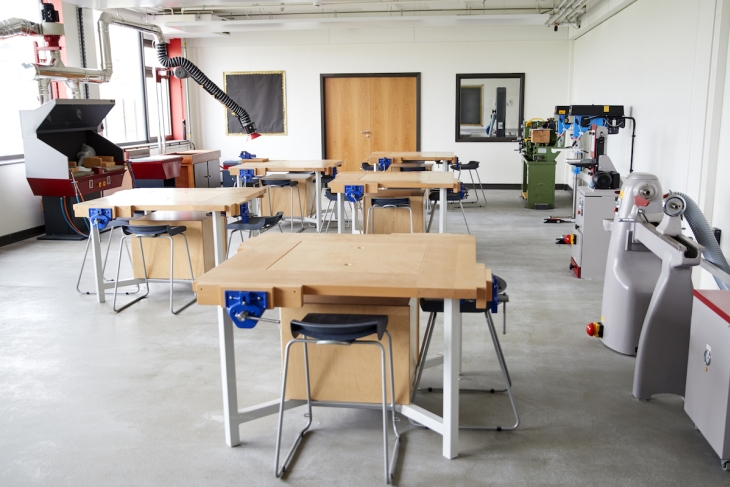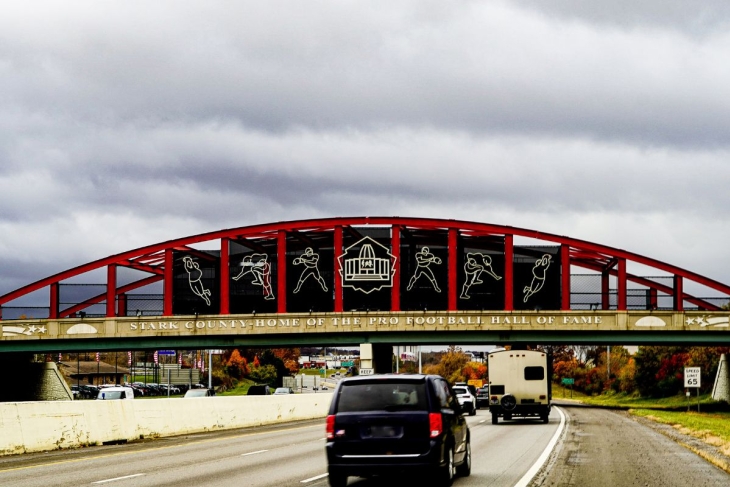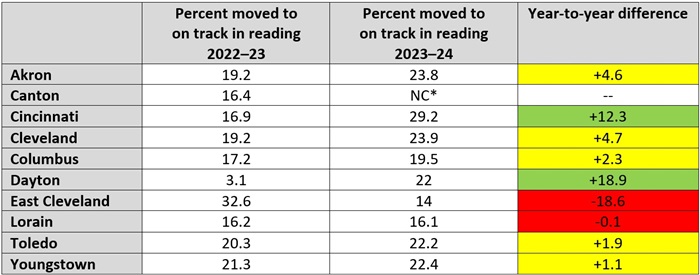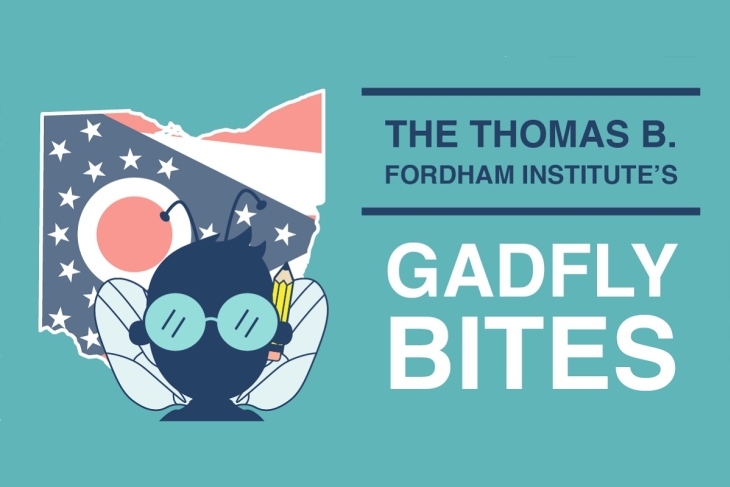The growing popularity of career and technical education (CTE) at the high school level creates an ongoing need for more teachers with industry experience to provide hands-on instruction in a diverse variety of fields. Before we can expand the pipeline to keep up with demand, however, it’s helpful to know more about the CTE teacher workforce we already have. A recent descriptive study from Educational Researcher fills in some important details and highlights potential concerns.
Boston College analyst Shaun Dougherty and colleagues examined the employment patterns of CTE teachers in Tennessee, including entrances and exits from the profession, where teachers come from and go, and how those patterns differ by license type and CTE field. They use data from the state’s longitudinal system covering 2010 to 2018. Teacher staffing files include information on job roles, school assignments, certification and licensure data, and multiple demographic variables. They add NCES school-level data and use employment insurance records for teachers working in Tennessee before, during, and after their public education teaching careers, which provide earnings data and the industries where employed. The analysis focuses on high school teachers, over 30,000 of them, of whom about 6,000 are CTE teachers. On average, CTE teachers comprise approximately 18 percent of all high school teachers in the state, have slightly less teaching experience than their average non-CTE teaching peer, and are about three years older. They are also more likely to be male.
The researchers’ models are descriptive, not causal, but they control for differences in age and experience at entry, as well as gender, race, postsecondary degree status, year, and school. To predict earnings for exited teachers, they control for prior earnings and for quarters worked in the eight quarters before and after the exit, among other observable teacher characteristics. As a sort of case study, they also look into the extent to which teacher turnover in health sciences, in particular (chosen for its popularity among all CTE fields), affects course offerings.
Their analysis finds that CTE teachers with occupational licenses—which means they are substituting industry employment experience and other industry certifications for traditional teacher preparation pathways—leave at noticeably higher rates than non-CTE teachers. And among CTE teachers, those with occupational licenses leave more often than those with traditional licenses—roughly a 25 percent higher rate of exit. Turnover is highest in what are termed “growth fields,” such as health sciences, IT, and STEM, especially among teachers who have less than ten years of experience. Additionally, exit rates are also higher among the trades, including manufacturing, construction, and transportation.
Those who leave are also the most likely to earn more on the outside, which is perhaps not surprising, given their experience prior to teaching. On average, non-CTE teachers who exit the profession earn $90,000 annually two years after leaving, while occupationally licensed CTE teachers earn considerably more, especially in those aforementioned “growth fields.” At the high end, former CTE teachers can earn $110,000 annually, about 20 percent more than they did while teaching.
On the school side, the researchers found that the exit of one health science teacher results in the net loss of roughly one course section. While they could hire a temp or a substitute until a permanent teacher is found, it is more likely that schools will simply cancel the course until they find a new teacher. One thing schools can’t do: lump students from one section into another teacher’s class—which they might do for a typical math or science course—as the Occupational Safety and Health Administration (OSHA) imposes strict guidelines on class ratios for CTE courses.
What does all this mean? Dougherty and the team write that action is required from education and policy leaders to “improve the retention of CTE teachers and support their success and development in the classroom.” Of course, we need to keep happy the teachers we have and recruit more.
But these recommendations fail to consider that CTE is not a general education model. Reading between the lines, the most valuable CTE instructors for students are likely those most in touch with the fields they teach. This means that grabbing up workforce-experienced individuals and sequestering them in the classroom for twenty-five years should not be the goal. Instead, some form of industry-to-classroom-to-industry cycle is preferable as a professional development model for CTE instructors, especially as it keeps their skills current. But changing from a closed door to an intentional, revolving door will require some non-traditional adjustments and out-of-the-toolbox thinking.
SOURCE: Hannah Kistler, Shaun Dougherty, and S. Colby Woods, “Teacher exit and educational opportunity: Lessons from career and technical education,” Educational Researcher (January 2024).











